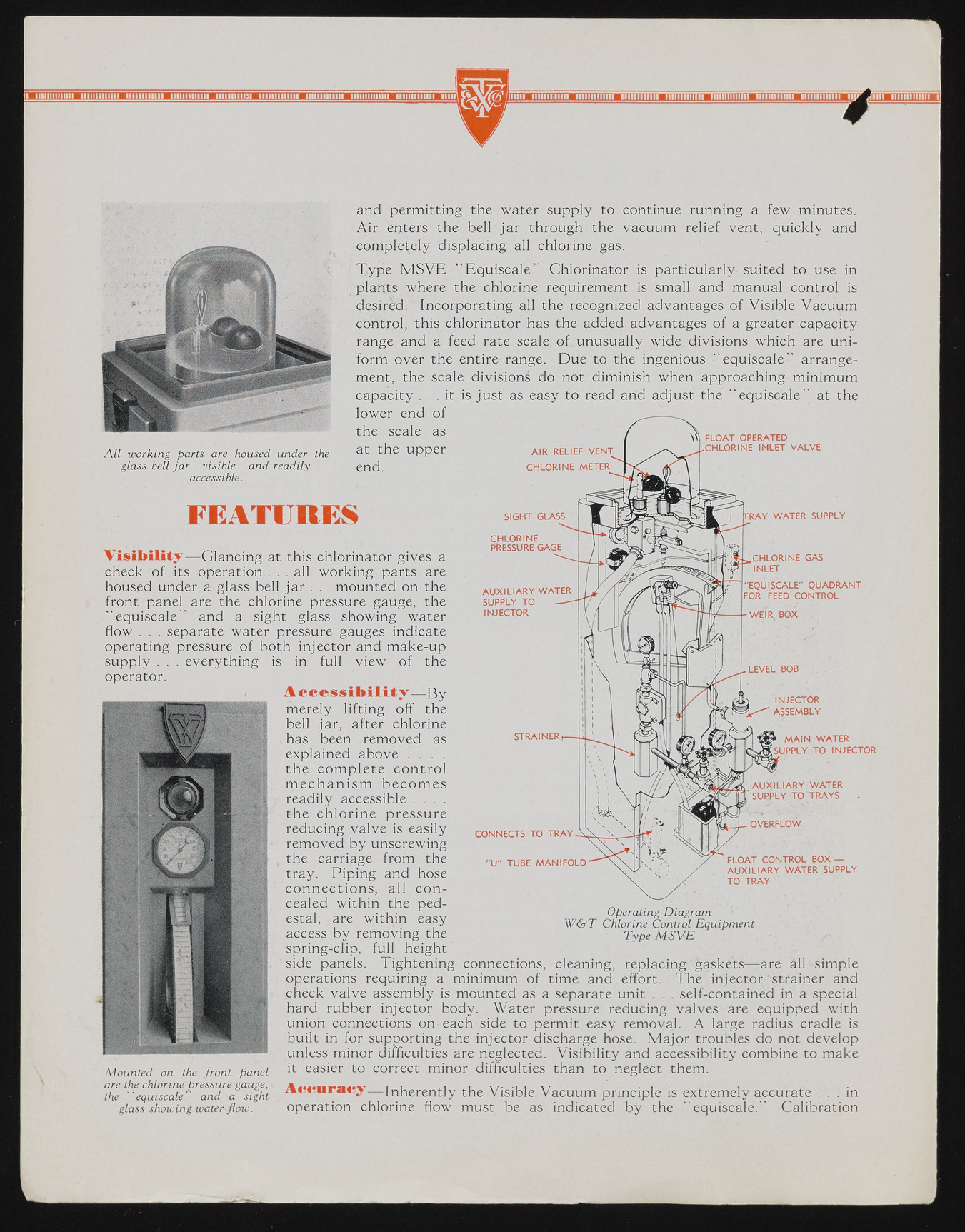Copyright & Fair-use Agreement
UNLV Special Collections provides copies of materials to facilitate private study, scholarship, or research. Material not in the public domain may be used according to fair use of copyrighted materials as defined by copyright law. Please cite us.
Please note that UNLV may not own the copyright to these materials and cannot provide permission to publish or distribute materials when UNLV is not the copyright holder. The user is solely responsible for determining the copyright status of materials and obtaining permission to use material from the copyright holder and for determining whether any permissions relating to any other rights are necessary for the intended use, and for obtaining all required permissions beyond that allowed by fair use.
Read more about our reproduction and use policy.
I agree.Information
Digital ID
Permalink
Details
More Info
Rights
Digital Provenance
Publisher
Transcription
and permitting the water supply to continue running a few minutes. Air enters the bell jar through the vacuum relief vent, quickly and completely displacing all chlorine gas. All working parts are housed under the glass bell jar— visible and readily accessible. Type M SVE “ Equiscale” Chlorinator is particularly suited to use in plahts where the chlorine requirement is small and manual control is desired. Incorporating all the recognized advantages of Visible Vacuum control, this chlorinator has the added advantages of a greater capacity range and a feed rate scale of . unusually wide divisions which are uniform over the entire range. Due to the ingenious “ equiscale" arrangement, the scale divisions do not diminish when approaching minimum capacity . . . it is just as easy to read and adjust the “ equiscale” at the lower end of the scale as at the upper ' a ir relief v e n t end. c h lo r in e m eter FLOAT OPERATED NE INLET VALVE FEATURES V isib ility— Glancing at this chlorinator gives a check of its operation . . . alBworking parts are housed under a glass bell jar . . . mounted on the front panel are the chlorine pressure gauge, the "equiscale" and a sight glass showing water flow . . . separate water pressure gauges indicate operating pressure of both injector and make-up supply . . . everything is in full view of the operator. SIGHT GLASS CHLORINE PRESSURE GAGE AUXILIARY WATER SUPPLY TO INJECTOR WATER SUPPLY CHLORINE GAS INLET "EQUISCALE" QUADRANT FEED CONTROL STRAINER A c c e s s i b i l i t y — By merely lifting off the bell jar, after chlorine has been removed as explained above . . . . the com plete con trol m ech an ism b ecom es ? readily accessible . . . . the chlorine pressure reducing valve is easily removed by unscrewing , the carriage from the tray. Piping and hose con n ection s, all co n cealed within the pedestal, are within easy access by removing the spring-clip, full height side panels. Tightening connections operations requiring a minimum of CONNECTS TO TRAY U" TUBE MANIFOLD WEIR BOX LEVEL BOB INJECTOR ASSEMBLY MAIN WATER SUPPLY TO INJECTOR AUXILIARY WATER SUPPLY TO TRAYS OVERFLOW FLOAT CONTROL BOX — AUXILIARY WATER SUPPLY TO TRAY Operating Diagram W & T Chlorine Control Equipment Type M S V E Mounted on the front panel are the chlorine pressure gauge, • the “ equiscale and a sight glass showing water flow. cleaning, replacing gaskets— are all simple time and effort. The injector strainer and check valve assembly is mounted as a separate unit . . . self-contained in a special hard rubber injector body. Water pressure reducing valves are equipped with union connections on each side to permit easy removal. A large radius cradle is built in for supporting the injector discharge hose. M ajor troubles do not develop unless minor difficulties are neglected. Visibility and accessibility combine to make it easier to correct minor difficulties than to neglect them. A ccu ra cy — Inherently the Visible Vacuum principle is extremely accurate . . . in operation chlorine flow must be as indicated by the “ equiscale.” Calibration

